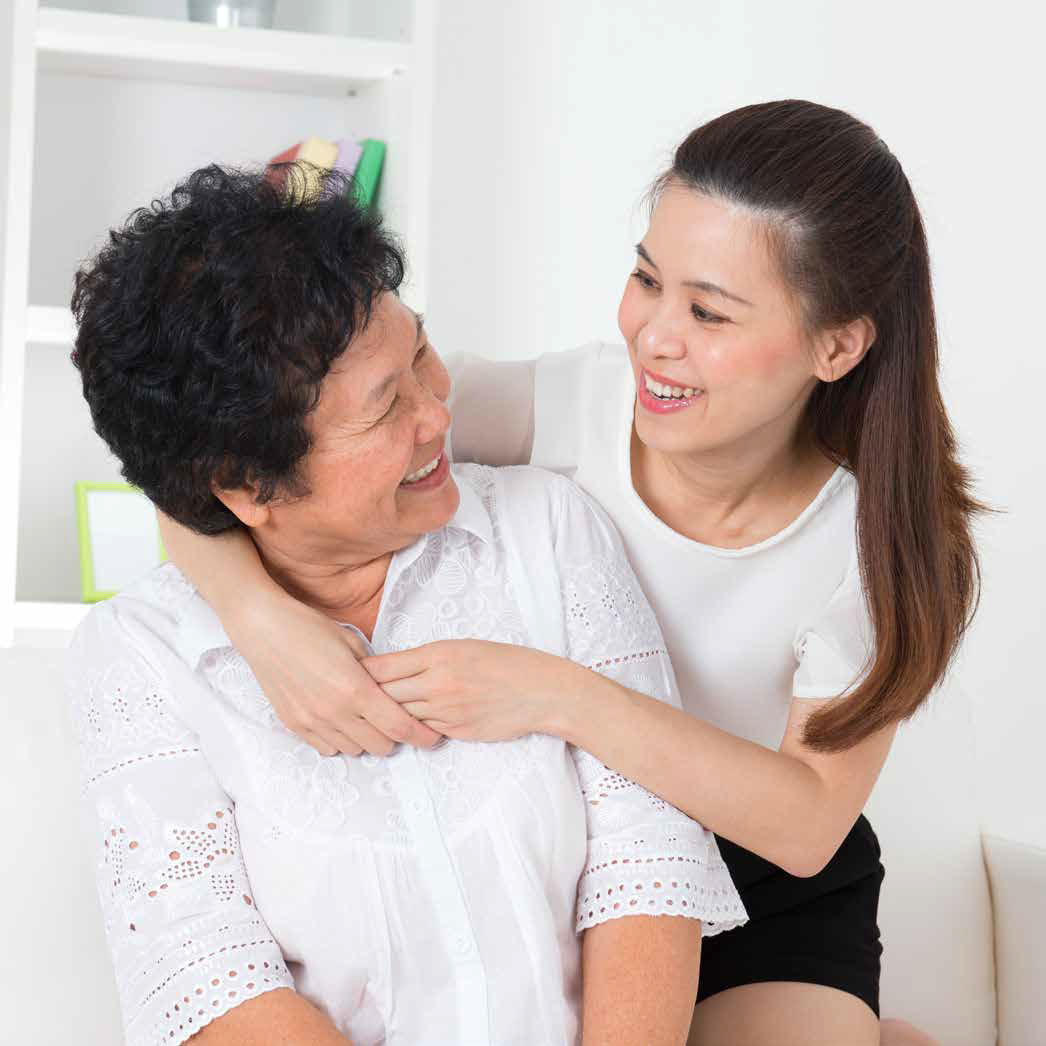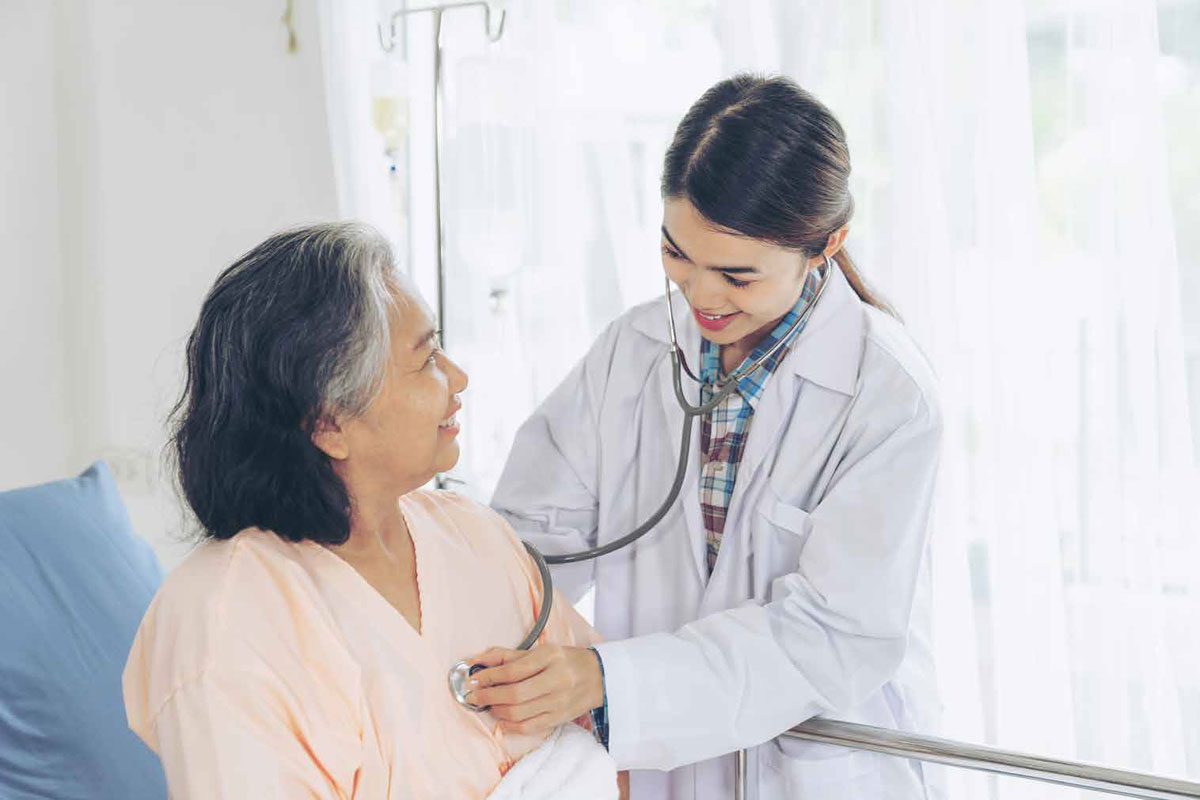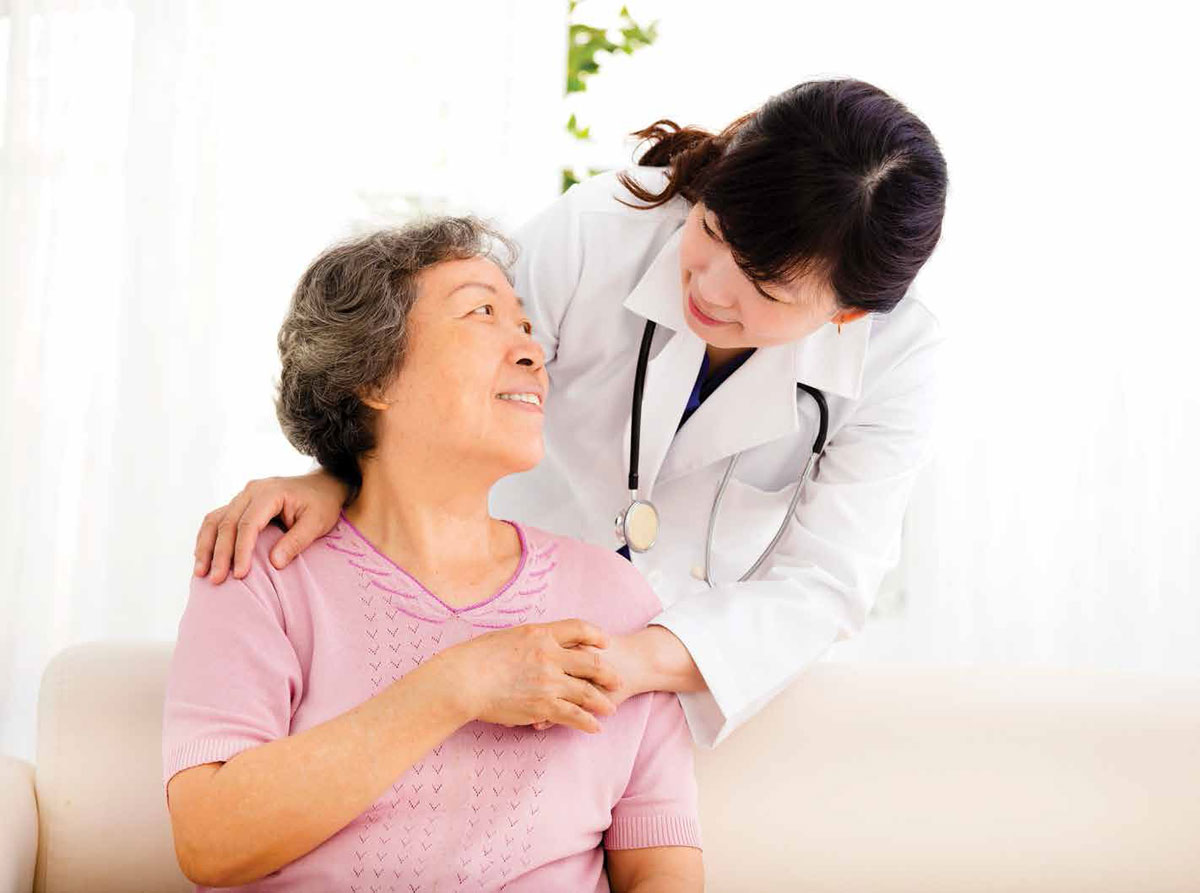What is an Upper GI endoscopy
Upper GI endoscopy lets your doctor examine the lining of the upper part of your gastrointestinal tract, which includes the oesophagus, stomach, and duodenum. Your doctor will use a thin, flexible tube called an endoscope and will view the images on a video monitor
What are the indications of a GI endoscopy?
- Acute upper gastrointestinal bleeding
- Dysphagia or difficulty in swallowing
- Dyspepsia (indigestion) or heartburn
- Unexplained weight loss or loss of appetite
- Atypical chest pain
- Abdominal pain of unknown origin
- Surveillance endoscopy for known diseases affecting the upper digestive tract
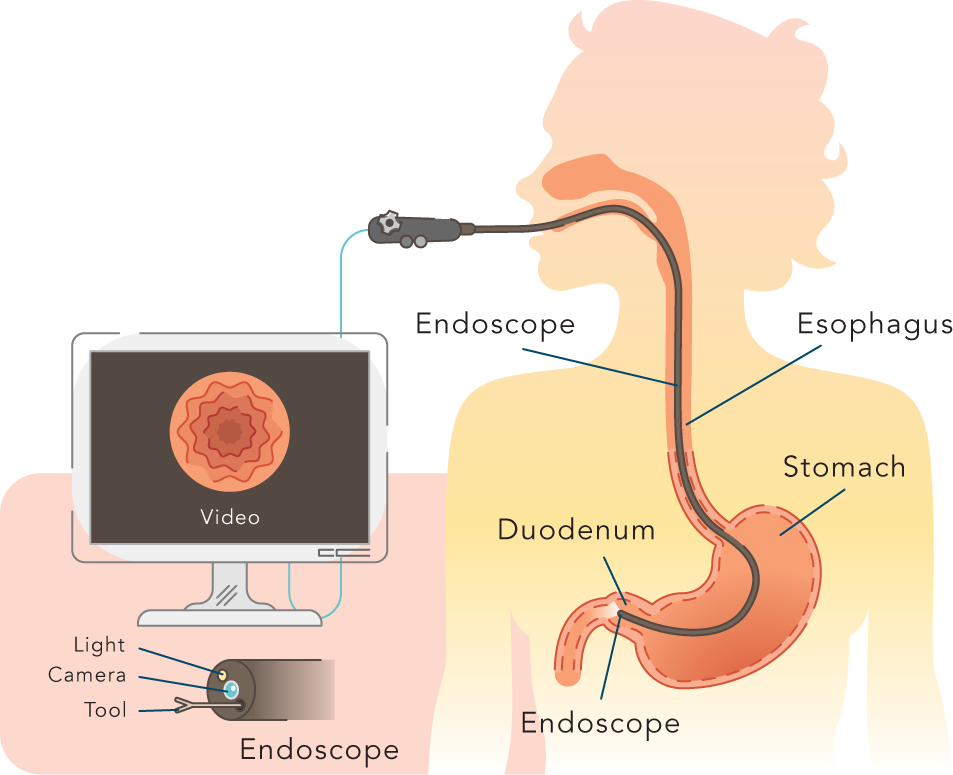
What preparations are required?
As empty stomach allows for the best image and safest examination, so you should have nothing to eat and drink, including water for approximately 6 hours before the examination.
Can I take my current medication?
Some medication may interfere with the preparation for an endoscopy. Please let your doctor know what medication you are on and if you have any drug allergies.
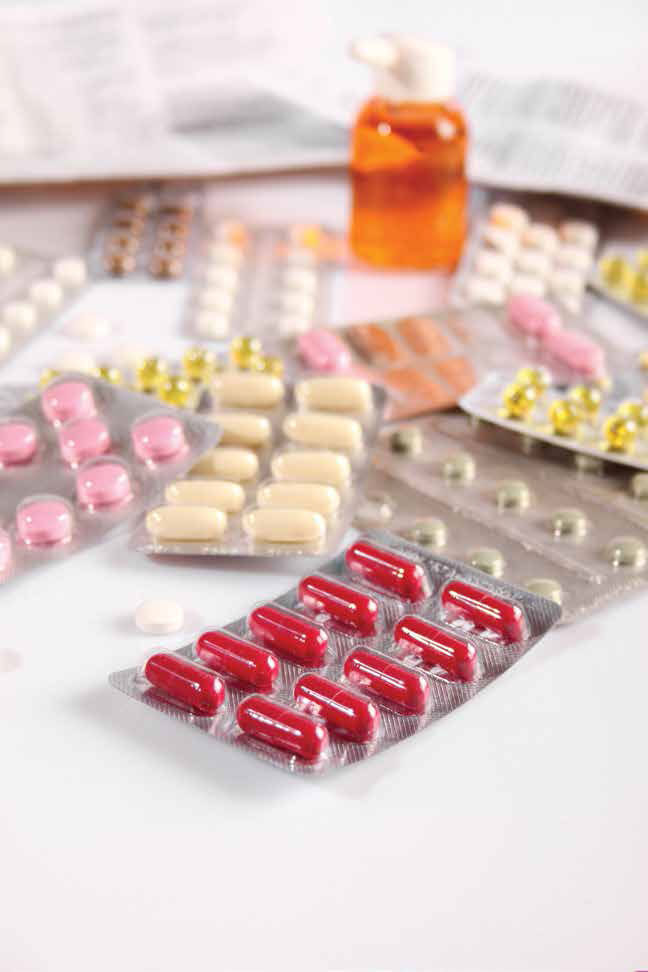
What you can expect
Before the procedure
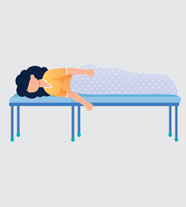
You’ll be asked to lie down on a table, on your side.
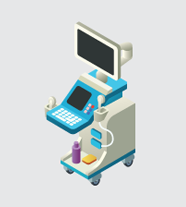
Monitors are attached to allow vital sign monitoring.
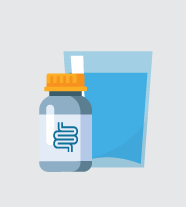
You may receive a sedative medication to make you feel comfortable.
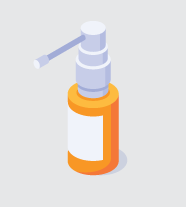
Local anaesthesia may be sprayed into your mouth to numb your throat in preparation for the insertion of a long, flexible tube. You may be asked to wear a plastic mouth guard to hold your mouth open.
During the procedure
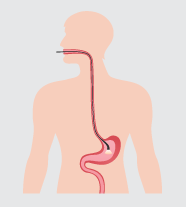
After you are sedated, the the scope will be inserted gently down your throat.
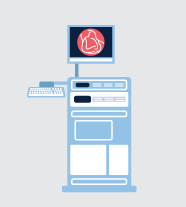
As your doctor passes the endoscope down your oesophagus, the doctor will watch the monitor look for abnormalities.
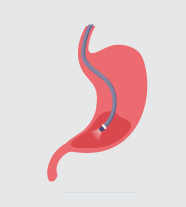
Gentle air pressure will be fed into oesophagus to inflate your digestive tract. This will allow the endoscope to move freely and make it easier to examine.
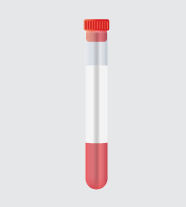
Your doctor will pass special surgical tools through the endoscope to collect a tissue sample or remove any polyps.
After the procedure

You’ll be taken to the recovery area to monitor after your endoscopy where you are encouraged to rest while the sedative weans off.
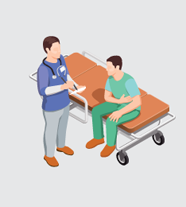
Our team will monitor sign and symptoms after endoscopy, such as bloating and gas, cramping, sore throat.
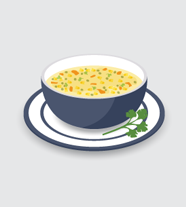
Refreshments will be served once the patient is stable.
Discharge instructions post scope
- You are encouraged to start your diet by sipping water or cool liquids and having soft food. You can resume your normal diet once you feel better.
- In some instances, you may not have fully recovered from the sedation. You are NOT encouraged to drive, operate heavy machinery, drink alcohol, conduct business or sign legal documents.
- You are advised to go home and REST.
- If you have problems, go straight to the hospital for further assessment.
Complications
- Bleeding (usually after a biopsy or removal of a polyp)
- Perforation or puncturing the digestive tract
- Infections
- Depressed breathing from sedation



